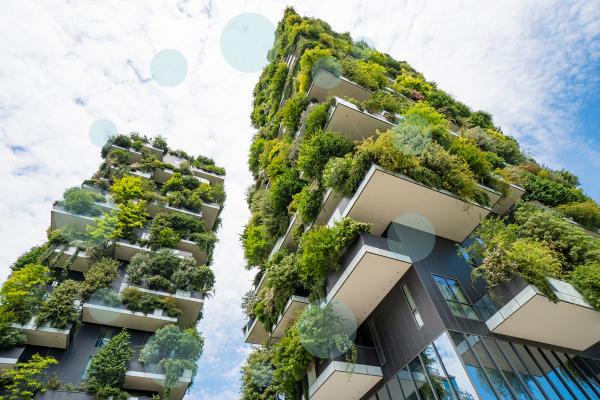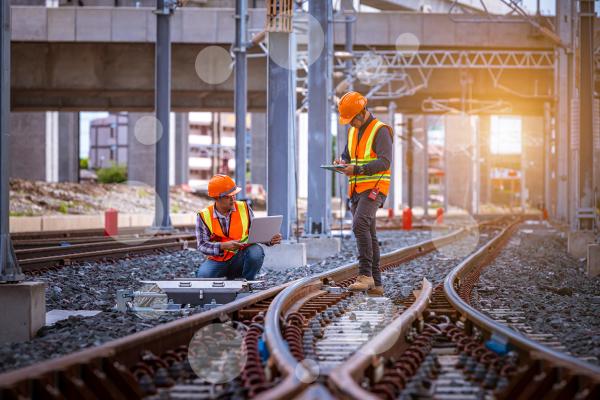REDIRECTED
Retrofitting existing buildings to make them seismically resistant and at the same time energy efficient may be unaffordable for many.
That's why researchers at the European Commission's Joint Research Centre are exploring novel solutions for simultaneous energy and seismic retrofitting under the exploratory research programme.
Challenge
Of the current EU building stock, 80% was built before the ’90s, 40% before the ’60s, and a considerable amount is even older and classified as cultural patrimony. Renovating the existing modern and historical buildings in Europe is becoming increasingly important:
- the poor seismic performance of structures during recent earthquakes (e.g., in Italy, Greece, Croatia) resulted in human deaths, severe injuries, and significant economic losses
- the low energy performance of buildings increases their energy consumption. Buildings are responsible for 40% of the overall power consumption in the EU
- buildings generate enormous amounts of demolition waste at the end of their lifetime. In Europe, the construction industry is responsible for one-third of the total waste.
- cultural heritage buildings often suffer irreparable damage during earthquakes
The aging European building stock needs to be upgraded to meet modern safety standards and to extend its lifetime. Renovation can also achieve significant reductions in energy consumption and CO2 emissions.
Presently less than 1% of the EU building stock is being renovated annually. Recognising the importance of building renovation, the European Green Deal emphasises the need for the EU Member States to engage in a Renovation Wave so as to ’at least double the annual energy renovation rate of residential and non-residential buildings by 2030’. In addition, the New European Bauhaus initiative envisions combining considerations of safety, sustainability and aesthetics in the building sector to support the EU Green Deal.
Innovations ‒ Proposed Solutions
To date, the energy and seismic retrofitting of buildings are generally treated separately. Recently, researchers at the JRC have been taking several steps beyond the state-of-the-art by exploring novel materials and cost-effective solutions for achieving integrated seismic and energy retrofitting. The JRC project iRESIST+ and the H2020-MSCA-IF projects NOTICEEUB and STRETCH, hosted at the JRC, seek to increase the buildings renovation uptake in the EU by investigating advanced materials (e.g. textile reinforcement), organic materials (e.g. wood) and innovative solutions tackling the poor seismic and energy performance of the existing building stock simultaneously.


